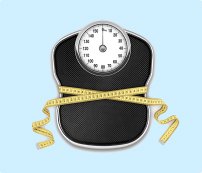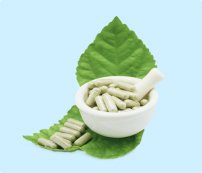
Ask a doctor
1413 views views
Is Pork Healthy? The Tips To Add Pork To Your Menu With Benefits Only
Speaking of nutritional values of pork vs. other types of meat, it is important to dwell on the classic distinction between red and white meats. Everyone knows that the bovine belongs to the first category, while turkey to the second, but it is more complicated to categorize pork. It is thought that it is always a very fatty type of meat, but this depends on both the cut and the type of animal. Pork is eaten fresh or used to produce sausages and cold cuts.
Having made this first distinction useful for avoiding generalizations, the nutritionist biologist enters into the merits of a question that many ask. The general answer is that it depends on how we consume it. The meat of any animal, however, remains a food that should never be overconsumed, and this not only for the fat content it may have, but also and above all for the harmful substances that it may contain and which depend largely on how the slaughter animals were raised. The suggestion is therefore to always prefer organic meat.
An additional element that suggests not overdoing cured or smoked pork in sausages is the fact that they have been rated by the International Agency for Research on Cancer (IARC) as cancerogenic. In particular, it has been observed that there is a correlation between the consumption of salami, sausages and processed meats such as sausages and colorectal cancer. However, in order to avoid alarmism, it is important to underline that the data collected by the IARC concern a dose of 50 grams per day of processed meat and, therefore, sporadic consumption, selecting quality products and cleaning up the fat significantly lowers the risks.
Pork parts that are used to produce cured ham and cooked ham, or rather leg and shoulder, are to be considered something in between, in the sense that they are neither thin nor too fat. The meats obtained can be consumed, but be careful to eliminate all visible fat, so as to eat the leanest part.
In conclusion, by properly choosing the cut (loin) and cooking it without exceeding the condiments, the pork can be consumed and is even indicated also for those who follow low-calorie dietary regimes. Similarly to other types of meat, it is a good source of high quality organic proteins and has a good content of vitamins (B1, B2, B6, D and B12) and minerals (iron, zinc, copper, selenium), present among the other in a chemical form that can be used by the body.
Pork should be chosen well, and these are the recommendations:
- the meat must be light, rosy, not too pale but not too dark, and of a homogeneous color;
- the grain should be compact, not too moist, and white fat, firm and soft to the touch;
- the smell must be delicate, fine and pleasant.
Avoid flaccid meats and non-homogeneous colors, but above all with soft and yellowed fat. For good preservation, pork must be stored, like all meats, in the coldest part of the refrigerator, possibly wrapped in waxed paper, never in airtight containers, nor in aluminum sheets. Make sure that pork is well cooked to minimize the risk of tapeworm infestation.
Posted in Ask a doctor
1413 views






































